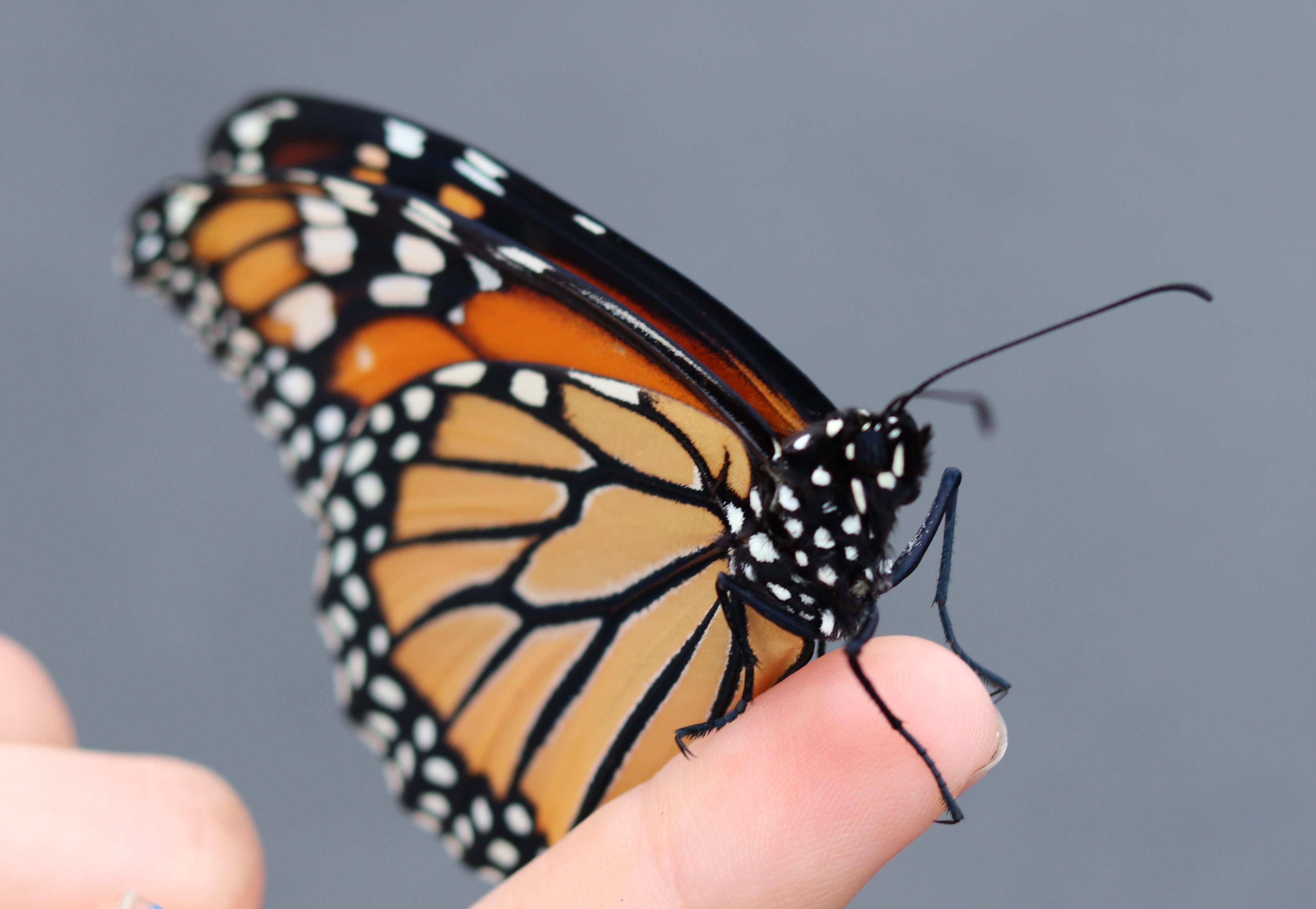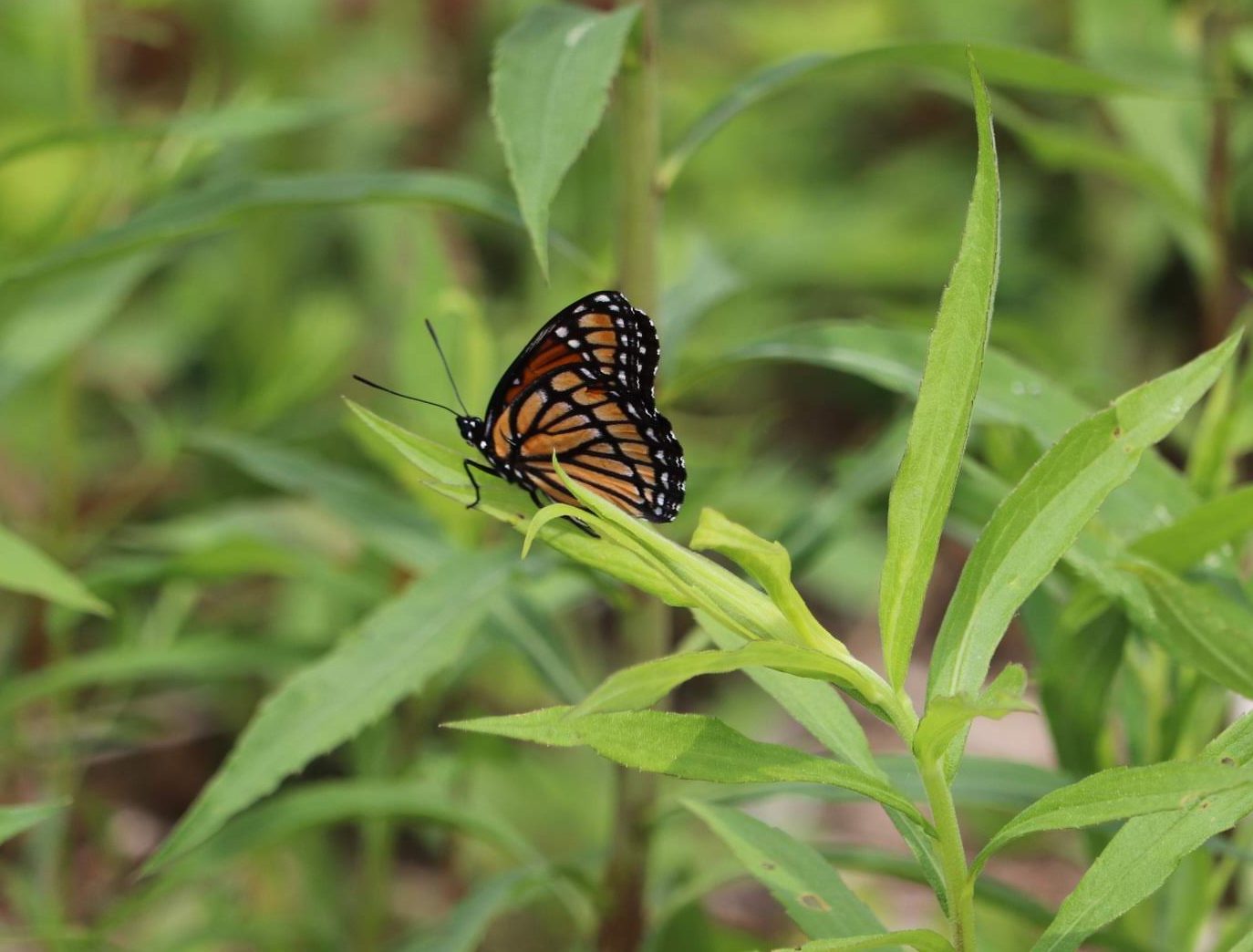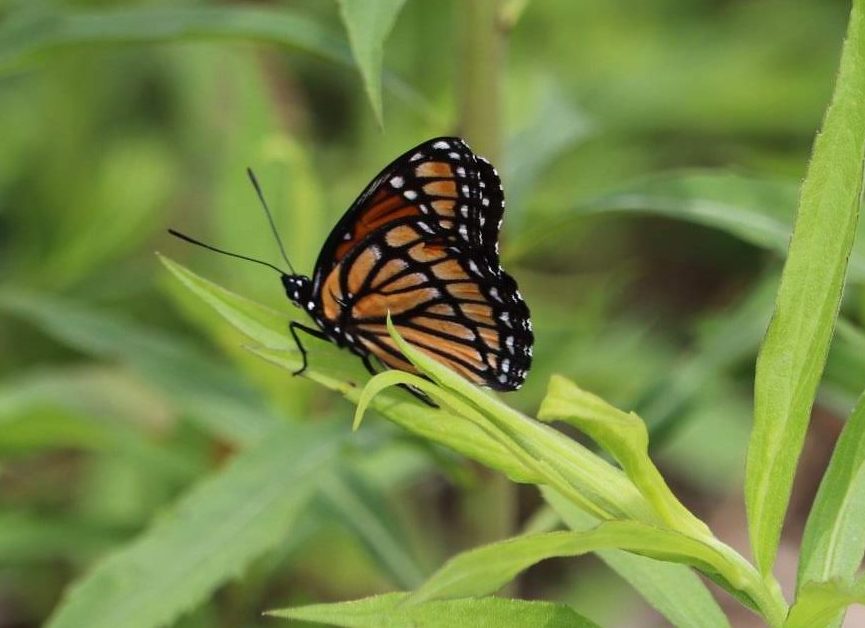I was recently looking through a old batch of magazines I had. They were not super old, maybe about 8 years. And in the back was the real estate section for local area homes that were (at the time) for sale. I glanced at a few of the listings just to pass time and I was alarmed at what I read. It was clearly a beautiful home, updated and meticulously maintained. And then it said: “With hundreds of butterfly bushes!”
I closed the magazine right then and there. Butterfly bushes are yes, pretty to look at. But they serve very little purpose in the world of Lepidoptera. So it comes as no surprise that butterfly bushes make the list in “What not to plant in your NJ garden”.
The problem is…they have the ability to spread like wildfire through seed dispersal and they actually end up crowding out the plants that the butterflies DO NEED.
Why Monarchs are Always Talked About
Their numbers are in decline. There is certainly no denying that. In fact, every time I see one flutter about my yard, I get a sense of well, butterflies in my stomach because I feel like our habitat changes in our landscaping are helping them. The migration these tiny insects undergo is just astonishing, and I can’t help but feel that each time I see one that maybe there is hope for the species to make a comeback. Nearly from the depths of extinction.
They have one of the more symbiotic relationships in all of the natural world. The larvae only develop one type of host plant, and a poisonous one at that. (The caterpillars cut off the flow of the poisonous substance letting it drain out, before munching down on the leaf). But they do feed on plenty of plants as adult butterflies. But they do not prefer the butterfly bush.
One of the Best Mimics in the Natural World
Monarch butterfly (Danaus plexippus)


The Viceroy (Limenitis archippus)
I was taking a walk today in search of indigo buntings. I eventually came across one. But during the walk I was delighted to see my first monarch of the season. I took a couple of photos and was excited to see one so early in the season. It looked small to me, and I told my fellow bird watcher, “Maybe it’s a viceroy.” The walk continued and it wasn’t until I got home that I realized my inclination was correct.
The small, secondary vertical black bar on the underside of the wing is something that the monarchs lack. The viceroy is also just a tiny bit smaller. They do not require milkweed like the monarchs do, but prefer willows, cottonwoods, and poplars as their host plant for caterpillars. I also learned that they prefer later morning and early afternoon flying.
Even still, the thrill of a new migrant coming back to places we can enjoy their splendor is lovely to see. And the indigo bunting included!

One response
[…] fun fact to leave you with…the Viceroy (Limenitis archippus), is actually more closely related to the Red-Spotted Purple (Limenitis arthemis) butterfly than it […]